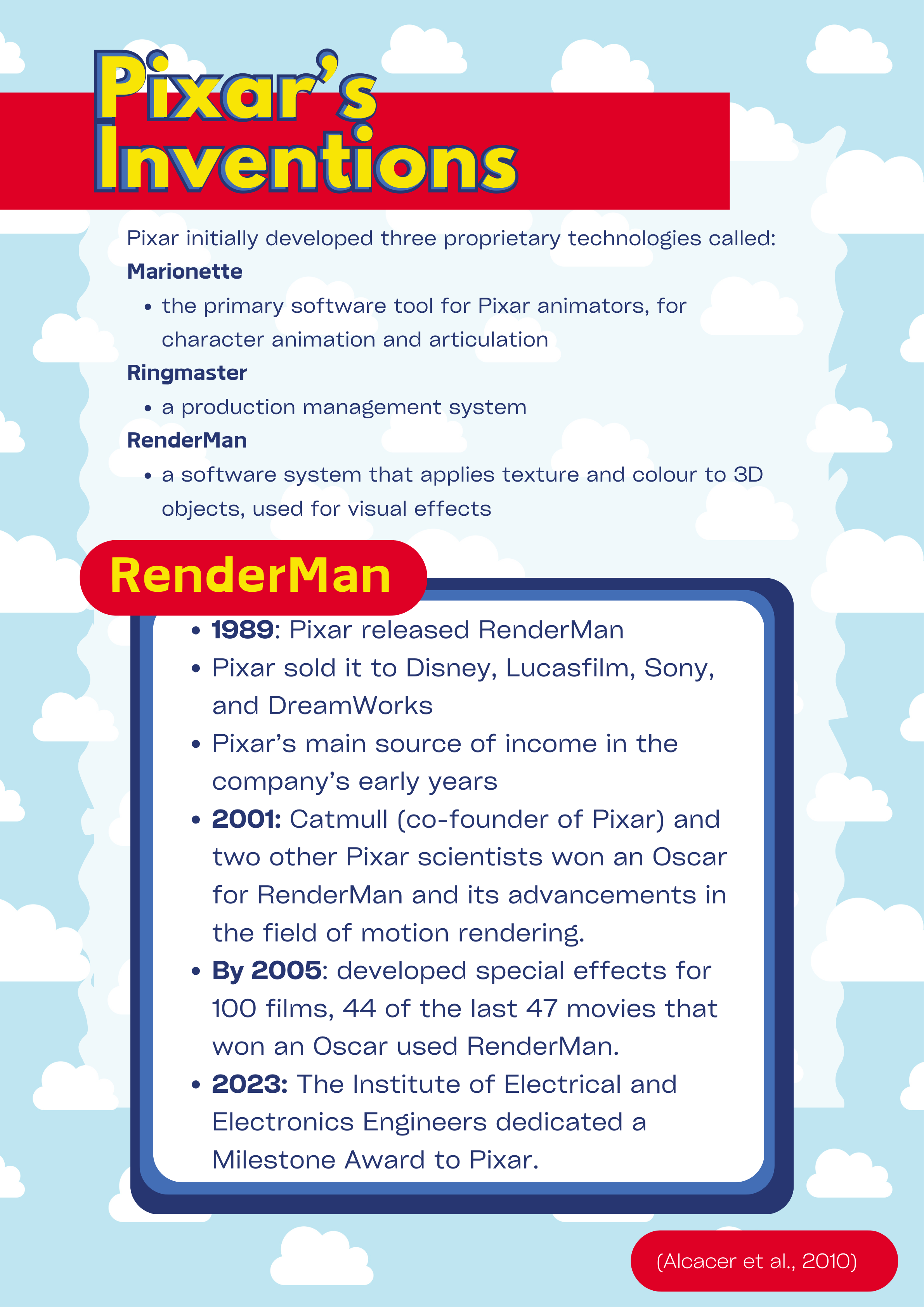
Animation is a visual art form that differs from filmmaking in several ways due to its affordances. It is possible to bring inanimate objects to life, giving animators full control over how they move and interact in various settings. Further, Husbands and Ruddell (2019) explain that animation skillfully uses metaphors to portray a range of ideas or scenes, widely used in cinematography.
In practice, this meant that toys could be animated to become living characters. But there was also the limitation of the medium, which contributed to using toys in the film rather than real people. Indeed, Toy Story director John Lasseter said that the idea of basing a plot on toys came up as a result of the failing attempts at animating humans (Cross, 2018).
“The quality of Toy Story character play manages to make you believe that the toys are alive. After watching the movie, you will never look at your or your children's toys the same way again. Ultimately, Toy Story is perhaps not an imaginary story..."
— Ralph Guggenheim, film producer (Lasseter et al., 2010).
The goal was to construct a hyperreal world rather than trying to manufacture an exact reproduction of reality. Making the toys lifelike and authentic was the top priority (Lasseter et al., 2010).

Despite Pixar using its own proprietary computer animation technology and creating extremely lifelike 3D images and backgrounds, the company could not produce realistic human characters (Alcacer et al., 2010). Thanks to Pixar's technology, animators were able to manipulate hundreds of motion control points within a single character (Alcacer et al., 2010). In contrast to Disney's practice, with a few exceptions, one animator oversees a scene rather than a single character for the duration of the film (Lasseter et al., 2010).
Meaning this allowed them to reuse animated images, and edit them easily. For the animation of Toy Story 110 staff members were necessary, 27 animators, 22 technical directors, and 61 artists and engineers (Lasseter et al., 2010).
In contrast, an 800-person crew worked on Disney's The Lion King, which debuted in 1994 (Lasseter et al., 2010). This suggests that Pixar's use of computer-generated imagery (CGI) allowed them to create animated films faster than others and at a lower cost (Alcacer et al., 2010). This gave them the freedom to focus on refining the visual aspects while also building the story and the characters.
If you are interested, the following video shows you how Pixar's animation has evolved over the years.
In producing the movie, Pixar provided an unmatched blend of Silicon Valley technology and narrative style influenced by Disney (Wise, 2014).